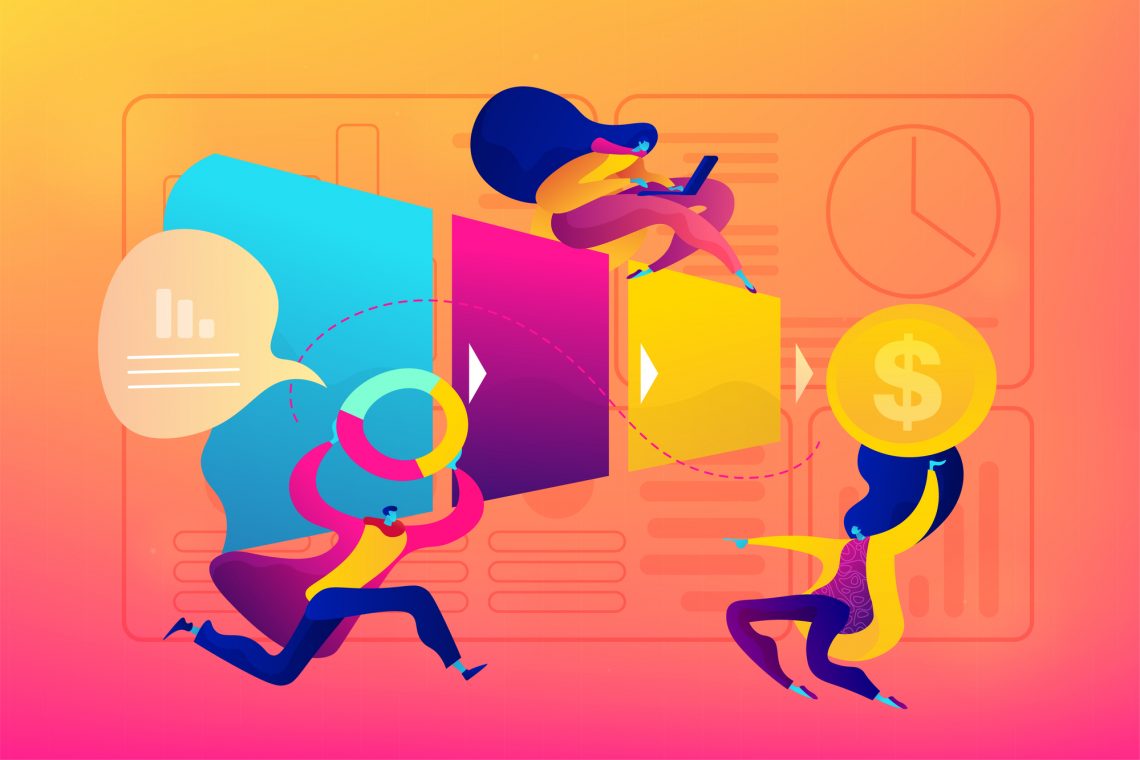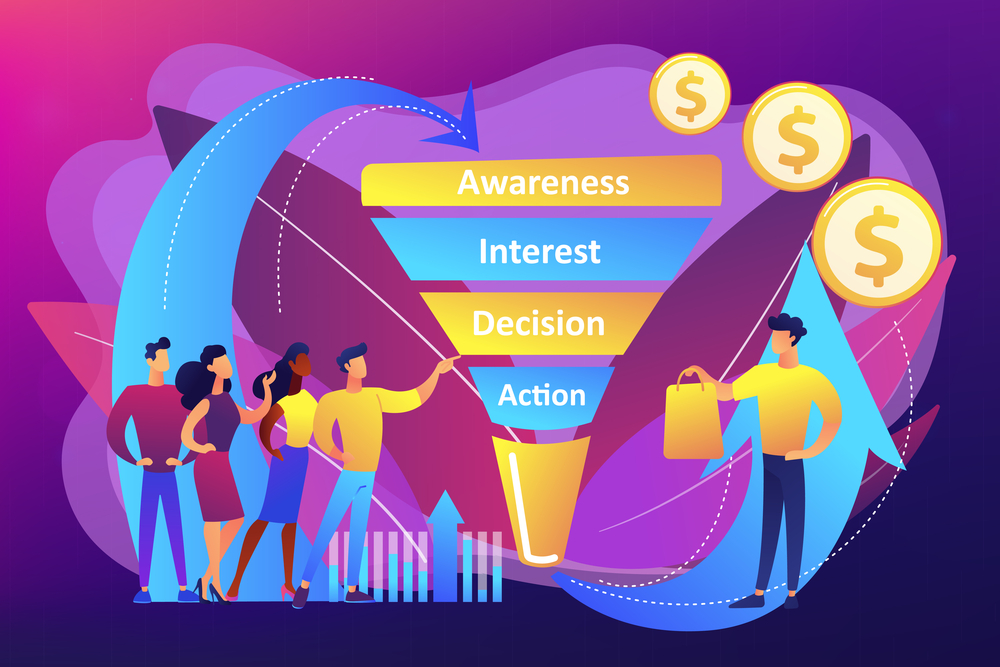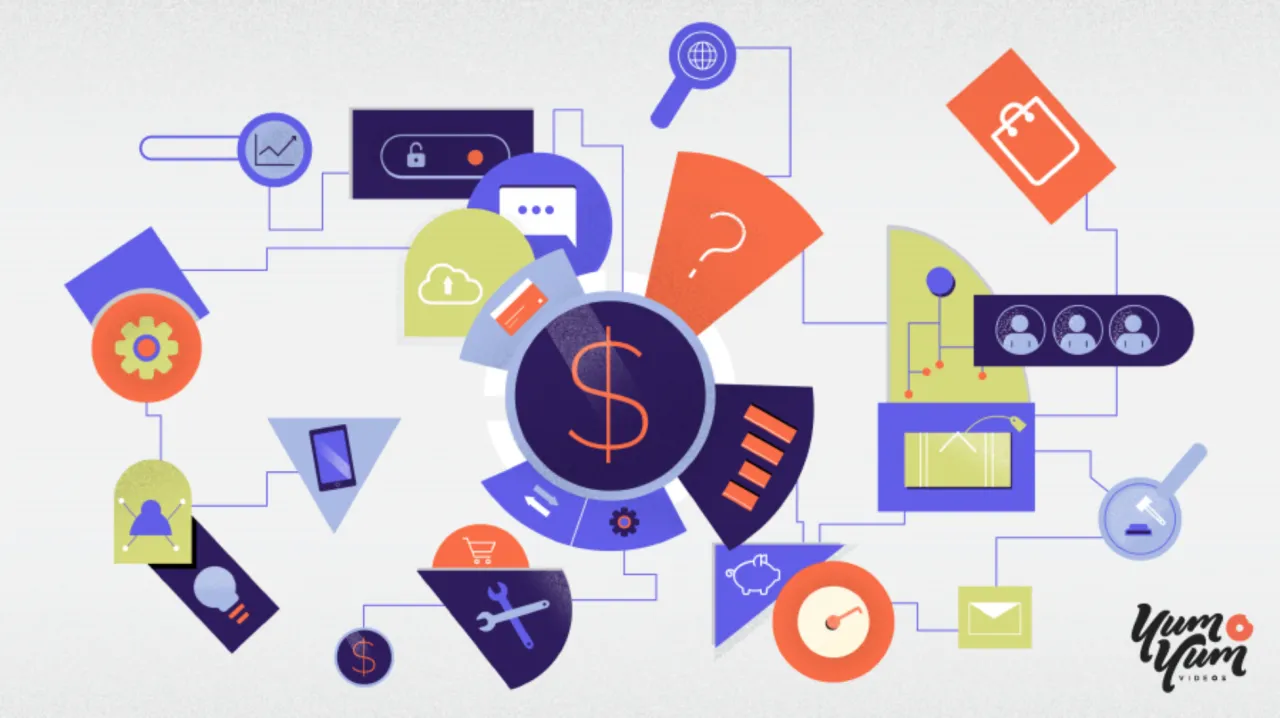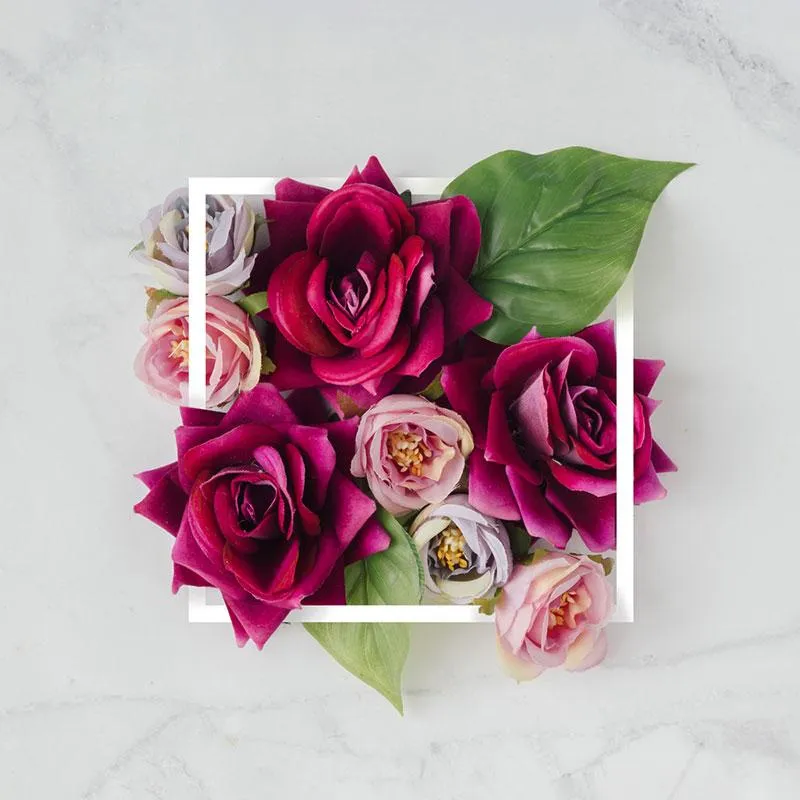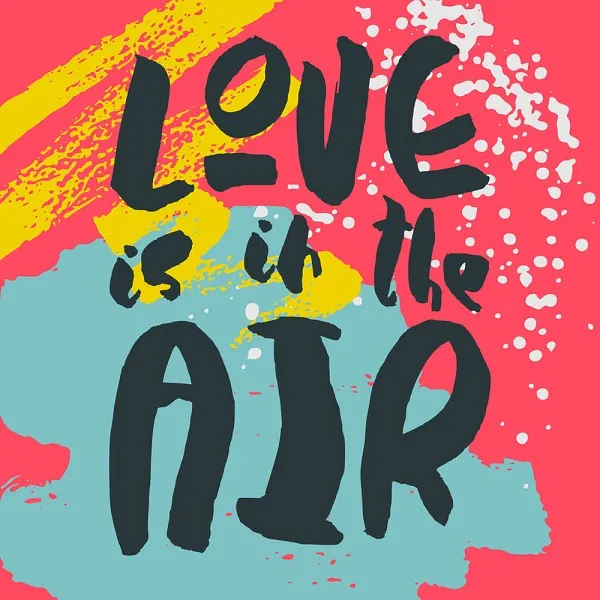How to Make a Lead with the Right Images: Sales Funnel Basics
Let’s say you need to sell a product. If you sell flowers on the street, all you need to do is flaunt your bouquets and put up a price sign. However, it’s different when we’re talking about selling an IoT refrigerator that orders out-of-stock products online, or family vans with many analogs available on the market. In this case, you need some time to convince a consumer to buy your product.
The script that describes your communication with potential customers and leads you to sell your product to one of them is called a sales funnel. And, as you might have guessed, the visuals you use at every stage of your sales funnel often play a decisive role.
What is a sales funnel?
When reading the most notable books on marketing (for example, The Psychology of Selling and Advertising by Edward K. Strong, Jr.), you might come across several terms that describe the interaction between a seller and a potential buyer.
The most common marketing concept is called the purchase funnel, or purchasing funnel. It is a consumer-focused marketing model, which describes four stages of a typical customer’s journey:
- Awareness
- Interest
- Desire
- Action
This sequence of stages is called the AIDA model, and it was first introduced by E. St. Elmo Lewis, an American advertising advocate, in the early XXth century.
There is a slight difference between the purchase funnel and terms like marketing funnel and sales funnel. These are more general terms that describe a group of concepts related to sales within both the business-to-client (B2C) and business-to-business (B2B) models. For example, the AIDA concept refers only to the interaction between a brand and a person, while communication between two businesses usually contains more stages.
Another term that should not be confused is the conversion funnel. This concept applies exclusively to eCommerce and describes steps that an Internet user takes before making a purchase.
Since online user behavior is easy to track, the conversion funnel is not a guess or strategy that needs to be implemented, but a data-driven brand’s conclusion about how a real potential customer is behaving. The conversion funnel stages have a little overlap with AIDA, but are more practical and specific:
- Traffic sources
- Top of the funnel (TOFU) refers to the awareness stage of AIDA
- Middle of the funnel (MOFU) is associated with various aspects of user consideration
- Bottom of the funnel (BOFU) is about a user taking targeted action
- Re-engagement
In 2021, businesses continue to migrate online and invest in eCommerce. If you also undergo a digital transformation, keep in mind that visuals are a key tool in influencing user behavior on the Internet. To help you avoid critical mistakes and build an effective sales funnel, we have compiled a list of visuals you will need at different stages of communication with netizens.
Go to this article if you prefer working with videos — How to Make an Effective Video-Powered Sales Funnel.
Digital marketing funnel stages and your image choice
01 Awareness
Tools to reach your audience: SEO, sponsored content on online magazines and other platforms, guest blogging, special projects in the form of research, free eLearning events, offline events, and sharing branded videos and awareness-targeted promo material on social media
Visuals required
- Lifestyle images
- Branded infographics
- Brand identity elements to design your event or posts
- Images associated with issues you’re going to resolve for your customers
- Editorial photos documenting topics you raise in your sponsored material
The awareness stage is at the very top of your sales funnel. Here, you are not planning to sell products or promote any specific offer. Instead, your task is to draw the audience’s attention to your brand and your solution. Then, if you still have a poor understanding of your target client features, reach a wider audience and analyze their reaction to your content.
This stage aims to generate leads, that is, turn random people you meet online into those interested in your solution. You can turn them into social media subscribers or website visitors. You can also acquire their email so that you can send them newsletters in the future.
02 Interest
Tools to reach your audience: your expert blog, consultations and chatbots, landing pages, social media posts, newsletters, free trials
Visuals required:
- Trending themed images and videos in line with your brand messages
- Social media templates
- Illustrations for your articles and content shared in newsletters
- Hero images for landing pages
- Prominent UI elements for websites, apps, and chats
- Atmospheric visuals that can emphasize your brand values
So, some people took a step towards learning more about you. Your task is to determine what motivated them and what they expect to get from you. For example, if users followed your Instagram page after a joke you made, you might assume they expect to get positive emotions from you. In this case, you can continue to publish jokes and integrate your brand or product with humor.
The interest stage is about building trust and long-lasting relations between you and your leads. You can establish yourself as an expert in your niche through educational content, or as an environmental activist by sharing tips on living a zero-waste life. Brand voice, values, and important ideas are what you should actively use at this stage.
03 Decision
Tools to reach your audience: discount programs, product demos and overviews, testimonials and reviews, case studies, solution comparisons, discount programs, free consulting sessions, and seasonal deals
Visuals required:
- Product images and videos
- Cases using client photos, stock images, or your own visuals
- Visuals featuring your product use cases
- “Before” and “after” images
- Branded offer templates
You have almost sold your product. At this stage, you are dealing with prospects who are considering making a purchase. Your job is to understand what keeps these people from buying, and what can convince them to decide in your favor. As usual, at this stage, users choose between similar products from different manufacturers, and doubt that your solution is worth the money.
To speed up the process, you need to provide a user with more arguments to buy your goods. These arguments can be customer reviews (public proof), a discount on a product of interest, favorable delivery terms, or articles in which experts compare your products with those of competitors. In addition, your content units should contain a straightforward call to action, which is “Buy NOW!”.
04 Action
Tools to reach your audience: upsell offers, product use tutorials, guides for those who want to improve their life with your solution, and community-focused emails and social media posts (stories of success, sharing hidden product opportunities, appealing brand ambassadors providing tips for your customer pool)
Visuals required:
- Heart-warming and inspiring images
- Photos to upsell products or product bundles
- Visuals to illustrate the tips you are giving customers
Congratulations, you’ve made a sale! But, unfortunately, if you disappear at this point, clients will probably forget about your brand soon. So why not turn your customer into a loyal one or an ambassador for your brand? To do this, prepare additional products or services from your catalog and offer an irresistible discount.
Another time-tested trick is launching informational campaigns to help buyers after purchasing your product. In this case, a client will feel grateful for your attention. This person will be happy to recommend you to friends, come back to you for a new product, and share your content on different networks. All of this leads to more sales without significant investments in ads.
Stocking up on marketing images: 5 tips for businesses
Microstocks are an excellent way for brands to optimize their estimated budget while building their sales funnel. Plus, many small businesses use stock content to create most of what they share online, because it even allows a small team to handle various communication channels.
Selecting stock marketing images can be a nightmare if you don’t have a clear idea of what you need. Recently, the Depositphotos library exceeded 200 million files. In order for you to not get lost while working on your sales funnel, here are some tips:
— Learn the aesthetic code of your audience
The aesthetic code includes everything that surrounds your target customer and what they find beautiful.
Do not get attached to specifics, but try to imagine your audience’s typical week. What shape is their favorite cup? What is the interior of their apartment like? What’s on the cover of the book they’re reading? What colors dominate their lives and the apps they use every day.
Make a list of things that bring aesthetic pleasure to your audience. Use this aesthetic when selecting stock photos and videos.
— Create a mood board that reflects your brand values
The previous trick provides insight on the visual language that your audience is more likely to respond to. However, powerful branding is all about developing your audience, creating new needs, and inspiring them with new ideas.
In order to create a clear message and receive an emotional response at different stages of the sales funnel, you need to illustrate it. Create a mood board that reflects all (even the wildest) the benefits you bring to people, and the solutions you offer. Use it while coming up with search queries on Depositphotos.
In this article, find tips on mood boarding — How to Make a Moodboard. Tips and Tricks for Designers.
— Conduct A / B testing and keep your eyes on the metrics
Powerful sales funnels take years to build. And checking analytics, testing, and continuous data-driven improvements often lead you to marketing automation and high conversions.
We recommend that you always have more than one option for messages, visuals, and communication campaigns at each stage of your sales funnel. This way, you can learn more about your customer behavior and improve your conversions.
For example, you can test two options for handling leads at the interest stage. In the first case, you can lead them to a landing page with a hero image and contact form to sign up for a free webinar. In the second case, you can send a user to your site with an explanation video, and offer a subscription to your blog updates on a similar topic.
More ideas on using marketing images here — Types of Visuals Every eCommerce Brand Needs.
— Follow visual trends and hot topics
Each year, Depositphotos publishes an extensive study with illustrations on visual trends (see our 2021 Visual Trends Report). We do not urge you to blindly follow trends, but we recommend studying them to understand how the world is changing.
Behind each trend, there are events in society, ecology, politics, culture, and economy. If any of them are related to your business area, don’t hesitate to release thematic content or adjust your communication. Save time by selecting visuals from our curated collections.
— Add whatever you like to ‘Favorites’
Let’s say you’ve stumbled upon a powerful image, but it doesn’t fit into the marketing campaign you’re designing at the moment. Don’t scroll past it! On Depositphotos, you can add any files to your ‘Favorites’ folder. However, it does not oblige you to download or pay for saved images or videos. Just think about your finds when you work on your next communication campaign.
Wrapping up
From a business perspective, a conversion funnel is a marketing automation tool. By knowing what a customer’s journey looks like, you can offer them exactly what they are seeking at every stage of communication. This will eventually lead to sales.
Creating a good digital marketing funnel is more achievable nowadays. You can collect any information about users, including their age, gender, location, website activity, and what referred them to you. Currently, marketing images and videos are the most effective tools in influencing user decisions. You can obtain any of these visuals on microstocks.
We hope this article helped you understand the concept of sales funnels. Proceed with another helpful article if you are ready to select images for your campaigns — Your Complete Guide to Depositphotos Search.
